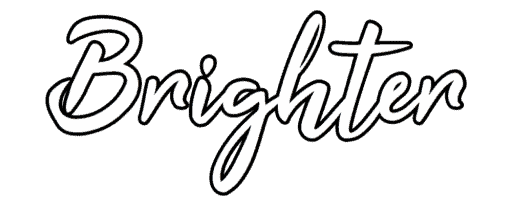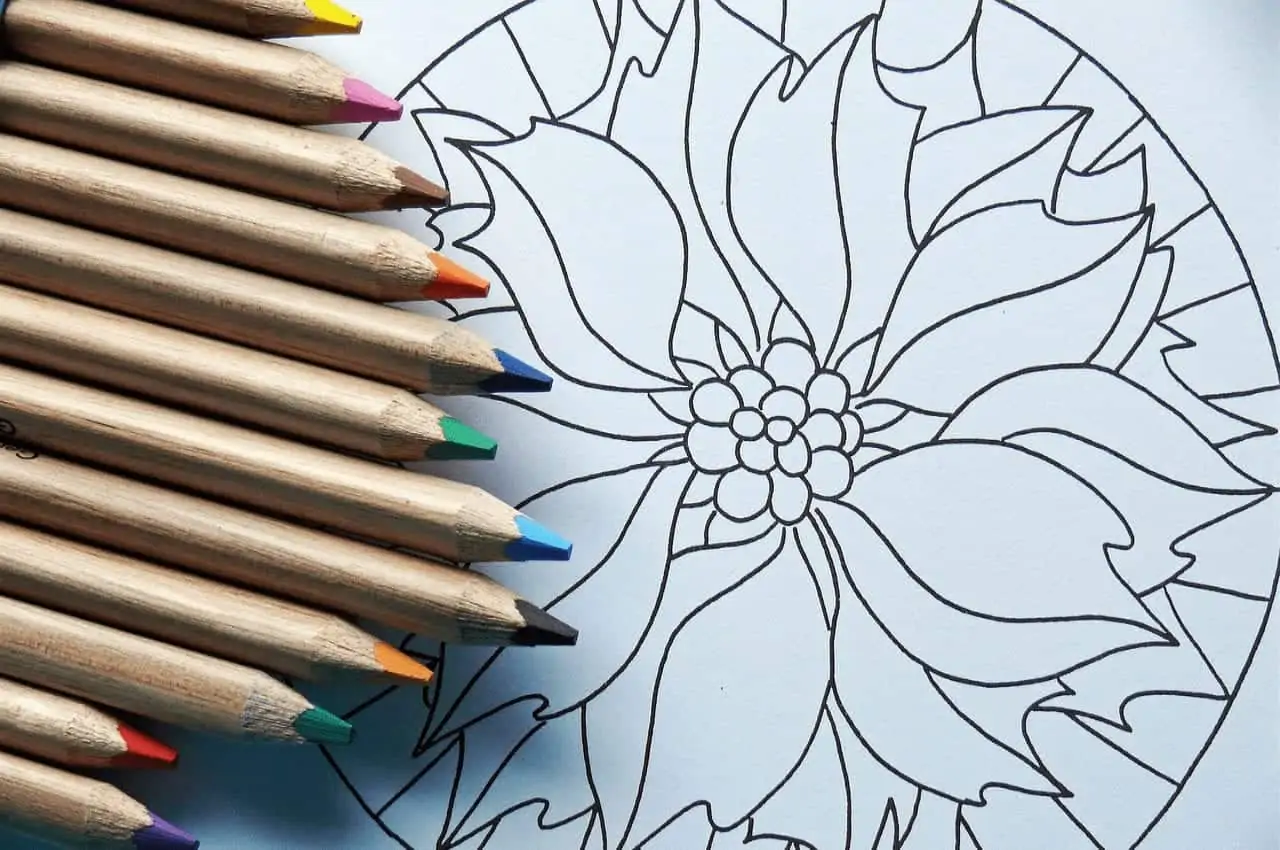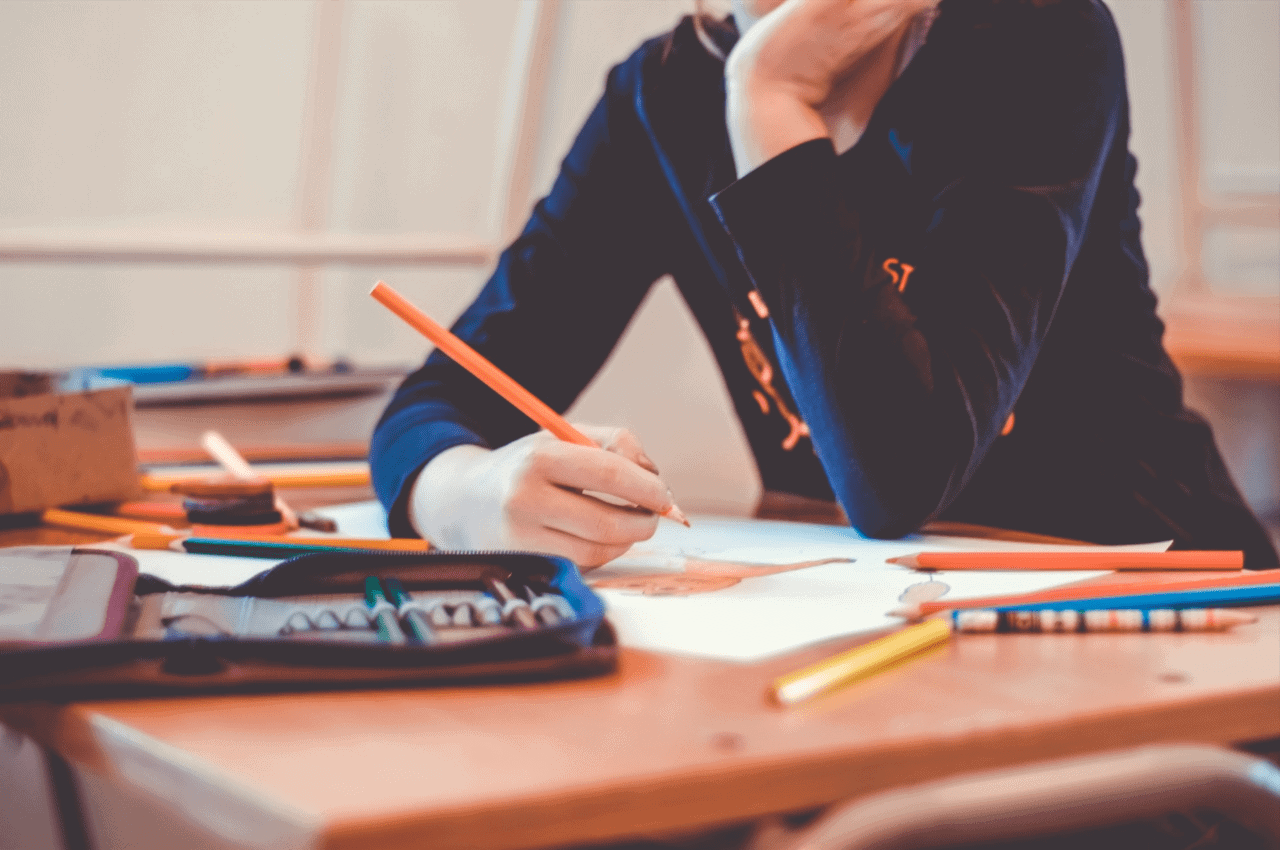Drawing the human figure can be a challenging task for many artists. It requires not only a good understanding of anatomy but also a sense of proportion, gesture, and balance. However, with practice and the right techniques, anyone can improve their figure drawing skills. In this essay, we will discuss some tips for improving your figure drawing skills.
Table of Contents
Study Anatomy
If you’re looking to improve your figure drawing skills, one of the most crucial areas to focus on is human anatomy. A solid understanding of the skeletal system, muscles, and the way they work together is essential in accurately capturing the human form.
There are many good resources available to learn about anatomy. Medical textbooks can be great and can often be found in second hand stores. There are online courses, and even apps too, but it’s also important to observe the human body in real life. This will give you the best understanding of how everything works together. Study people in motion, either in person or through video references, It will help you to see how the body moves and how the muscles stretch and contract.
When studying anatomy, it’s helpful to break it down into manageable sections. Start with the legs, learn the names and shapes of bones and their functions, then look at how the muscles work, look at where they attach and try to understand the way they move. Study how the different components work together to create movement and form. After the legs move to arms, then you can look at how the limbs join the body more carefully. Just work around the body until you understand enough to fit everything together in a realistic way.

You should also practice drawing the human figure regularly. Try to set a specific time aside when you can concentrate entirely of drawing the human body. This can include drawing from live models or using photo references. Pay special attention to the angles the limbs form especially if the subject is moving.
Overall, developing a strong understanding of human anatomy is a fantastic way to improve your figure drawing skills. With time and patience, you can master this fundamental aspect of art and create compelling, lifelike figures.

Practice Gesture Drawing
Gesture drawing is the practice of quickly capturing the essence of a pose. Instead of trying to create a detailed and precise drawing, just quickly try to capture the overall shape of the figures you are drawing. This is a great way to practice capturing the movement and flow of the body. The goal of gesture drawing is to train your hand to draw what your eyes see, and to capture the overall feeling of the pose.
Try to focus on your observation and look at the subject as much as you can rather than focussing too much on the drawing. Train the muscle memory in your hand to automatically follow the shapes your eyes see. It will take time but you will improve. Blind contour drawing is a good way to practice these skills too.
Another way to practice gesture drawing is to set a timer for 30 seconds or even a minute. Then draw what you see as quickly as possible. Focus on capturing the flowing lines of the pose, rather than getting caught up in details. Repeat the exercise over and over again, gradually decreasing the time limit. This will help you become more comfortable and confident with your ability to draw the human form. It will also help you develop a sense of proportion and balance.
Use Reference Images
Using reference images is essential when trying to improve your figure drawing skills. You can use photographs, drawings, even sculptures or video as reference materials. These images can be helpful in understanding both the way the body moves, and the proportions of different body parts.
When using reference images, be sure to pay attention to the lighting and shade within the image. The way light falls on the body can alter its appearance a lot and you do need to understand its effects. This can be especially useful to create depth and shape in your drawings.
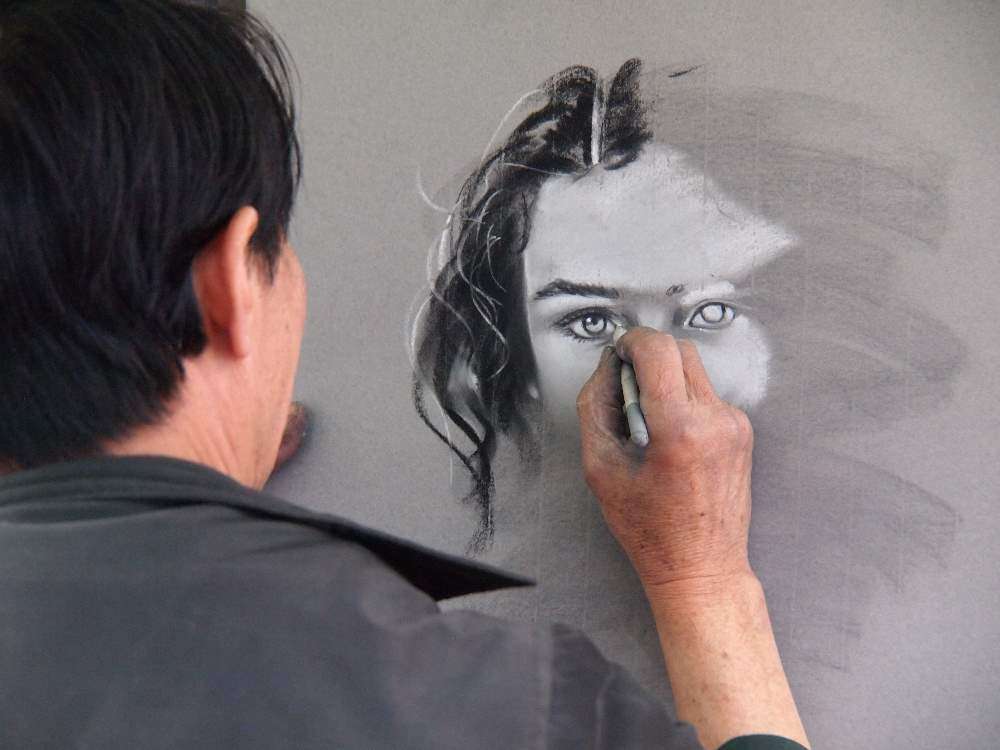
Experiment with Different Mediums
Experimenting with different mediums can help you discover new techniques and methods for drawing. As well as standard pencils, try using charcoal, graphite, ink, or even pastels to create your figure drawings. Each medium has its own unique properties and they can be used to create different effects.
Each medium has its advantages. Charcoal is great for creating bold, expressive lines and deep shading, while watercolor can create soft, delicate textures. Don’t be afraid to try out different mediums and techniques to see what works best for you.
Practice Proportions
The term proportions refers to the relative size and placement of different body parts in relation to each other. Understanding the overall proportions of the body is essential when trying to create realistic figure drawings. One of the best ways to understand the body’s physical proportions is to draw a grid on your paper and use it to map out the different parts of the body, and study how their sizes and shapes relate to each other.
A Perfect Example
When drawing portraits we use a simple circle, subdivided in specific ways, to help us get the size and position of each part of the face right. The body is no different really. Study Leonardo Da Vinci’s “Vetruvian Man” and you will soon begin to see the interrelationships of the various parts of the body. This will help you understand the proportions and ensure that all the parts of the figures you draw are in the correct proportion to each other.
Another helpful method to practice is to draw a series of very simple heads, torsos, and limbs, in different positions and angles. Use reference images to ensure that the proportions are right. Then cut out the individual heads, limbs and torso’s and arrange them in different positions.
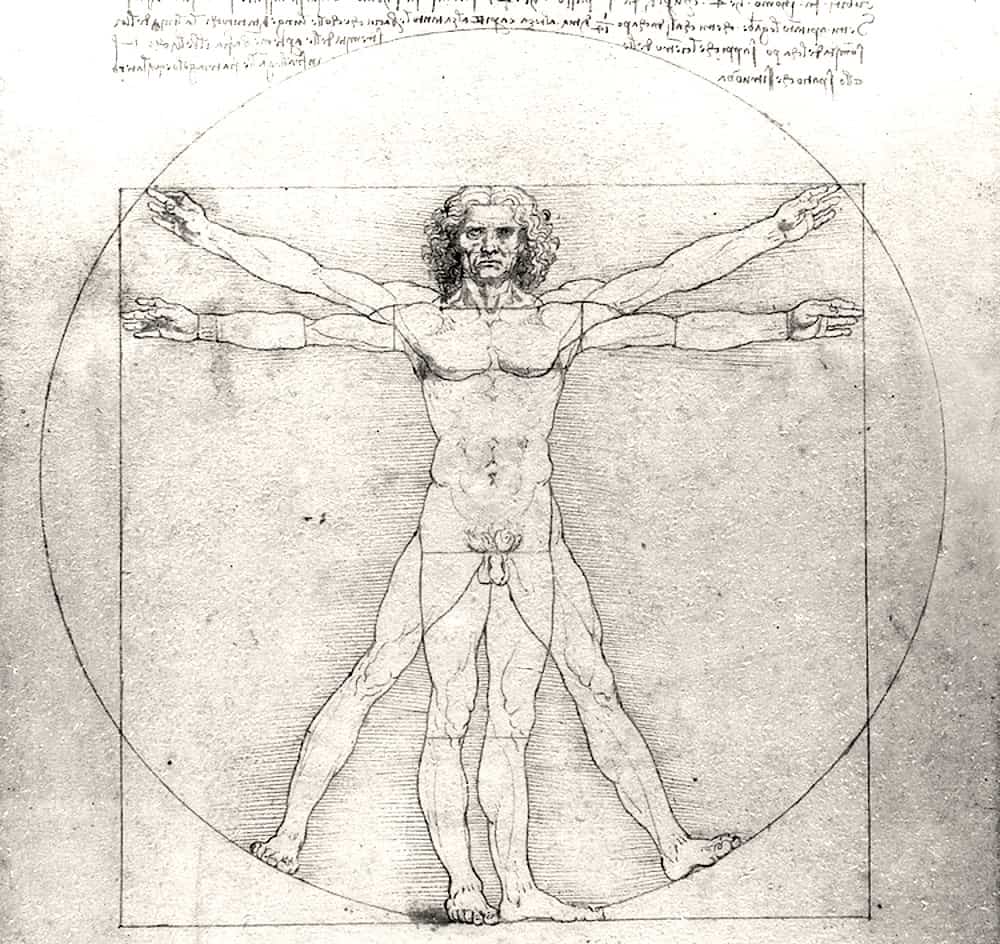
Make it Simple
By breaking the body down into smaller, simple sections, you can more easily ensure that each part is in proportion to the others. This technique can be particularly helpful when drawing complex poses or angles.
Get used to sketching these figures in different positions and try to understand how certain positions might make the limbs look longer or shorter. This can be especially helpful when starting out, as it allows you to train your eye to recognize the correct proportions and relationships between different body parts.
Practice Perspective
Have you ever looked at a drawing and thought, “Wow, that looks so realistic and 3-dimensional”? Well, that’s because the artist understood the concept of perspective!
Perspective is a super cool technique that creates the illusion of depth and space in a drawing. It’s an essential skill to master if you want to create lifelike figure drawings. Practice drawing figures from different angles and viewpoints, such as from above or below and try to understand how something that is the same size but closer, will appear larger when you look at it.
People think of the concept of perspective as complex, but you can simplify it.
Method 1
To start, draw two straight lines across your page that cross at one end, then at the widest end, draw the four sides of what would be a square. You will notice that what you get isn’t actually a square any more as two of the sides are converging slightly. Extend this “square” to form a cube that sits between the 2 lines as you can see below.
Repeat this process again and again along the converging lines. You will see that each cube if kept in the same proportions will look like a smaller version of the cube to one side and a larger version on the cube to the opposite side.
When you have filled the line, stand your drawing up and move away a little. Look carefully at the way the cubes sizes make it appear as though they are getting further away.
Method 2
Another fun way to practice perspective is to draw a whole series of different boxes in different positions and viewed from different angles. It might seem simple, but this exercise will help you understand how lines that are parallel in reality, converge in a drawing. You will also see how parts of the objects get smaller as they recede into the distance.
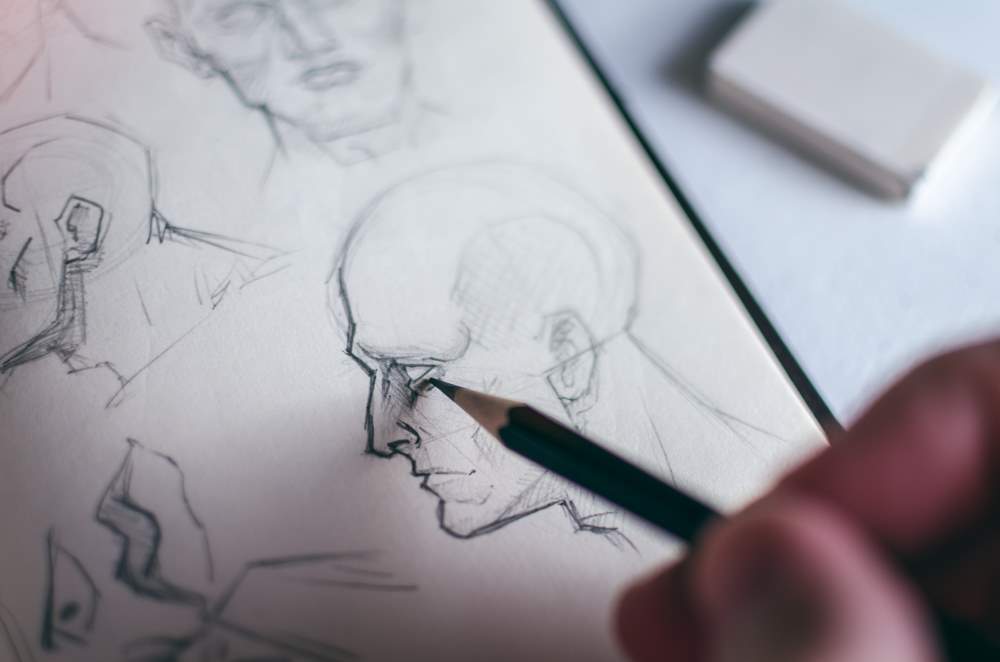
Attend Life Drawing Classes
Attending life drawing sessions can be a great way for some people to improve their figure drawing skills. Life drawing classes usually involve a model who poses for a certain amount of time, while artists each draw the same model from a slightly different viewpoint. These classes can be found at community centres, art schools, and other venues. It’s a great, social way to practice drawing the human form. It will help you to learn from the methods others have already perfected.
Final Words
By following these tips, you will be able to create realistic and dynamic figures that capture the essence of the human form. Figure drawing is a challenging but rewarding skill that requires patience, practice, and perseverance. It takes time to master all the techniques and concepts of figure drawing, but with consistent effort you can improve your skills and create impressive art that captures the beauty and complexity of the human form.
Practicing the tips we’ve discussed will improve your ability to draw realistic and dynamic figures that convey emotion, movement, and personality.
Don’t be discouraged if your first attempts don’t turn out as well as you want. Remember that every drawing is a learning opportunity. Each mistake or challenge is a chance to improve your skills. Take the time to study and observe the world around you, look at the work of other artists too, and above all else, keep practicing. You’ll be amazed at how far you can come.
In the end, figure drawing is a lifelong journey of discovery and exploration, and the more you learn and practice, the more you’ll discover about the human form as a subject for your creative expression. So keep drawing, keep learning, and enjoy the journey!
